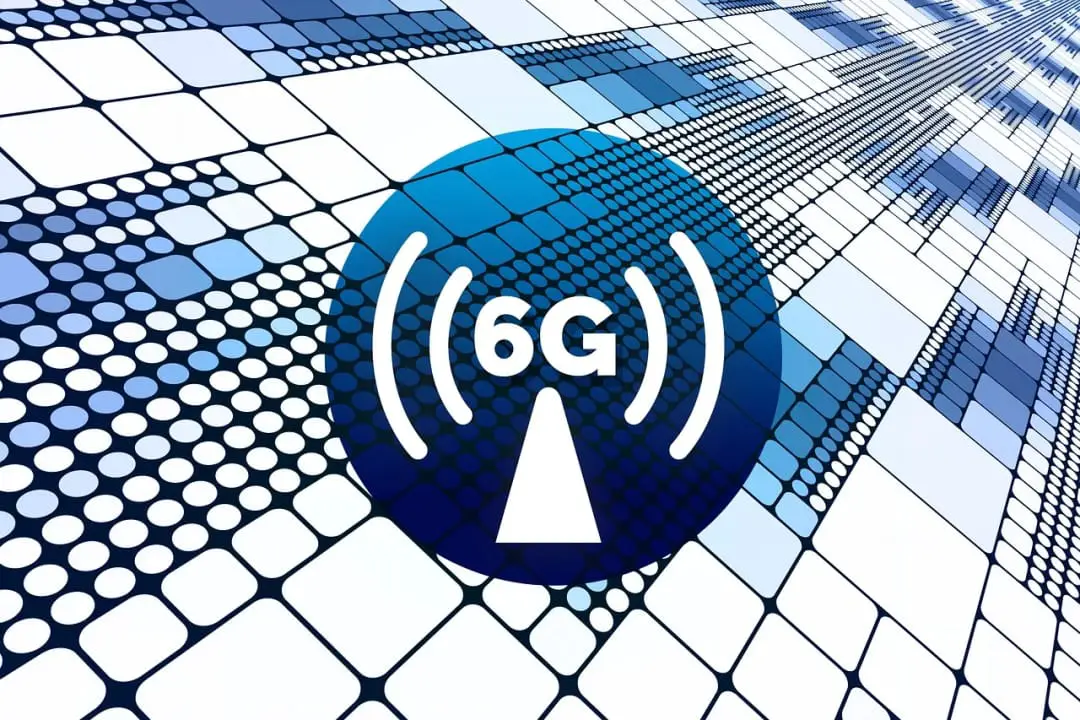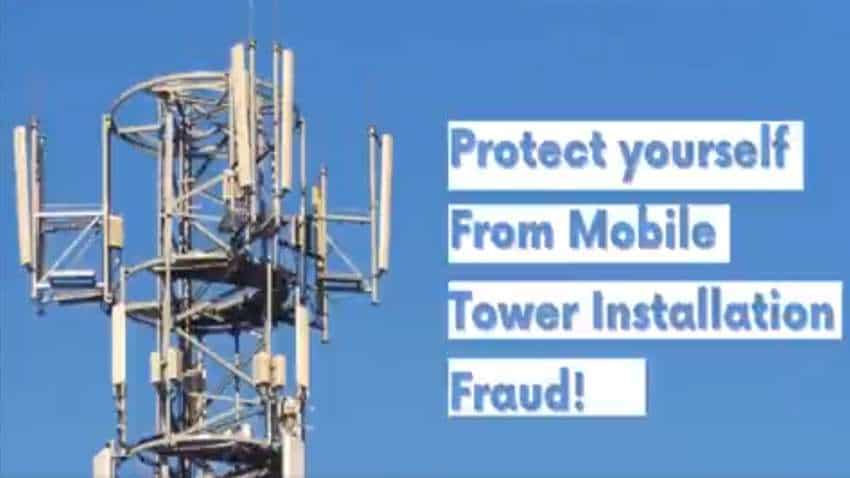Like previous generations, 6G is promising to fundamentally change how consumers and businesses communicate, enabling next-generation use cases to capitalize on the routing, speed, capacity, latency, and flexibility it offers, as well as parallel computation, visualization, and artificial intelligence developments. It is expected that only a mix of heterogeneous technologies integrated within a comprehensive system can truly answer the requirements.
1. Terahertz Technologies for Ultra-High Data Rates
To achieve the envisioned data rates of up to several Tbit/s in wireless links, bandwidths of 10 GHz and more are required. This can only be achieved at frequencies above 100 GHz, commonly known as terahertz. Transmission channels for frequencies beyond 100 GHz, especially for indoor environments and sidelink communications between vehicles in the presence of mobility, have not been sufficiently researched and new channel models need to be developed. Furthermore, higher frequencies increase the Doppler-rate, while larger bandwidths lead to hardware impairments such as phase noise and non-linearity that all need to be compensated. Novel approaches for integrated THz-transmitters with sufficient transmit-power such as, e.g., the combination of GaAs and GaN or photonic InP technologies need to be investigated. Furthermore, cost efficient packaging technologies are needed to reduce the cost of THz-modules.
2. Flexible networks for unlimited 6G availability
The combination of heterogeneous infrastructure and the demand for ubiquitous coverage requires a flexible network with tight integration of non-terrestrial network subsystems. In 6G, a more seamless integration of the various network nodes is expected compared to 5G, where only the first steps to integrate new non-terrestrial elements have been standardized. With this level of integration, truly global connectivity can be realized. Generally, three different layers (in terms of height) of network elements can be assumed: ground-based platforms, airborne platforms, and spaceborne platforms. The complexity of the network will introduce various challenges that need to be analyzed and resolved to be able to deploy such 6G systems. At the system level, it is necessary to be able to add and remove new network nodes on a dynamic basis (e.g., LEO satellites, UAVs). In addition, inter-satellite routing between all these platforms will be a challenge. The delays between platforms introduced by their motion will vary and the need for accurate positioning of all elements is imperative for proper resource and interference management in coexistence and spectrum sharing scenarios with terrestrial and non-terrestrial nodes.
Starting from the 5G core network, innovative concepts in the directions of secure end to end, trust in infrastructure, reliable and deterministic backhauls, customer state distribution and data layer need to be developed. These features come to complete the 5G architecture and provide a foundation for 6G towards a smooth end-to-end software network deployment on distributed network infrastructure.
3. Fully integrated localization in 6G networks for greater accuracy
Positioning in 6G networks is mainly driven by three technology enablers, namely massive MIMO, jointly processed coordinated multipoint transmission and ultra-dense networks that form the basis of cell-free massive MIMO systems. Cell-free massive MIMO does not take up a fixed network but dynamically changing groups of access points that follow the user. With this paradigm shift, new opportunities and challenges rise. Fixed base stations that can be used as anchors for positioning are now dynamically changing. New fitting procedures, protocols and functions need to be developed. Tighter integration of localization in 6G networks also comes with higher signaling overhead for the measurement of positional signals. Novel approaches to a common reference signal for communication and positioning are needed. Terahertz signals with very large bandwidth and ultra-dense networks offer the possibility of ultra-precise positioning (in comparison, near-precise localization is possible with millimeter-wave signals). The impact on positioning performance needs to be considered. They offer the possibility to extract interpretable decision rules, without the need for hard-to-authenticate models of the system, along with quality of service and security constraints.
Read Also:
- New Perspectives On 6G Use Cases
- On The Road To 6G
- Advantages Of 6G Networks
- Key Aspects And Diverse Use Cases Of 6G
- A Journey Of Mobile Networks: From 1G To 6G
- Introduction About 6G Networks
- Overall Challenges In 6G
- Evolution Towards 6G







